 I’m excited to share three easy tips with you, and the results are measurable. Do these things and you’ll be able to tell if they impact your bottom line!
I’m excited to share three easy tips with you, and the results are measurable. Do these things and you’ll be able to tell if they impact your bottom line!
I was inspired to share these ideas with you based on a 2019 study by NextAfter and Kindful looking at how organizations are cultivating donors via email. They found plenty of data-driven ideas that can improve donor retention and boost online fundraising revenue — by as much as 27%!
Think about how much an increase like that could mean for your organization!
That’s right!
“Make way…” for these ridiculously easy, revenue-boosting strategies!
If you raised $100,000 last year, you could raise $127,000 – or more – this year.
And that’s without having to apply for a new grant, hold a new fundraising event or even ask for a new major gift or two to reap these rewards.
All you must do is simply pay a little more attention to your follow-through communication with donors.
Did you know most of the top reasons donors give for not renewing their giving have to do with how you do/don’t communicate with them after they make a donation?– or fail to personally, meaningfully and promptly communicate –
Meaningful, regular donor communication can hugely impact your bottom line.
To make a demonstrable difference in donor behavior, however, your communication strategy must tick more than one box. It must be prompt, personal and relevant to what your donor cares about and how they want to hear from you. Don’t just guess what your donors might like from you. Ask them! In fact, surveys, social media queries, online quizzes, solicitations for comments and feedback are all wonderful ways to communicate digitally in a manner that personally engages your supporters.
Never forget: The best fundraising is personal.
So… what are you waiting for?
Here’s what the research reveals, and I recommend:


 Is there a best way to raise money?
Is there a best way to raise money?
 Resist the temptation to throw your hands up in the air because you’re hearing people are giving less now. While it may be true(ish), it doesn’t apply to everyone. And it doesn’t need to apply to your nonprofit.
Resist the temptation to throw your hands up in the air because you’re hearing people are giving less now. While it may be true(ish), it doesn’t apply to everyone. And it doesn’t need to apply to your nonprofit.
 Could you be getting it all wrong when it comes to the what, who, where, why, how and when of your nonprofit’s communications and fundraising as this pandemic plays out?
Could you be getting it all wrong when it comes to the what, who, where, why, how and when of your nonprofit’s communications and fundraising as this pandemic plays out?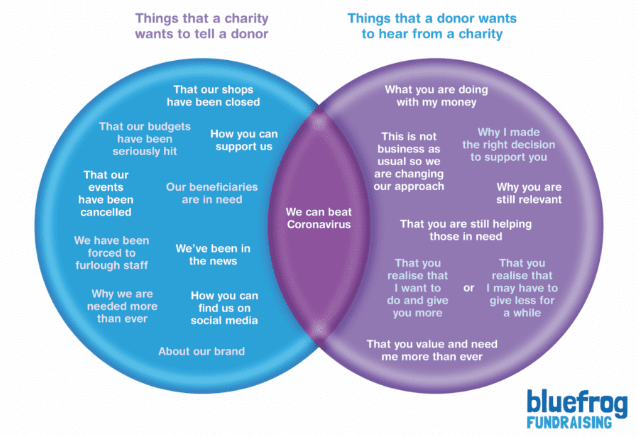 I’m going to explain what your nonprofit should do to show donors you do, in fact, understand where they’re coming from.
I’m going to explain what your nonprofit should do to show donors you do, in fact, understand where they’re coming from.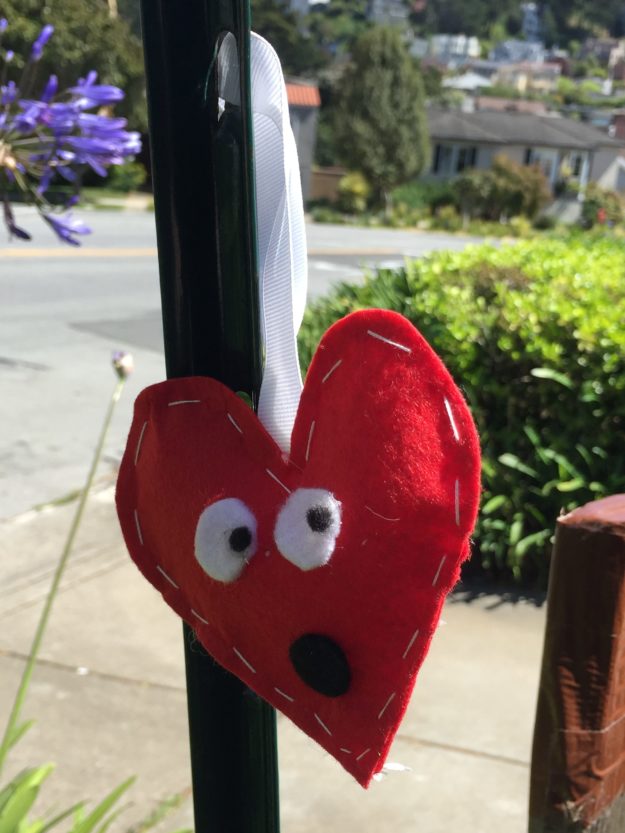



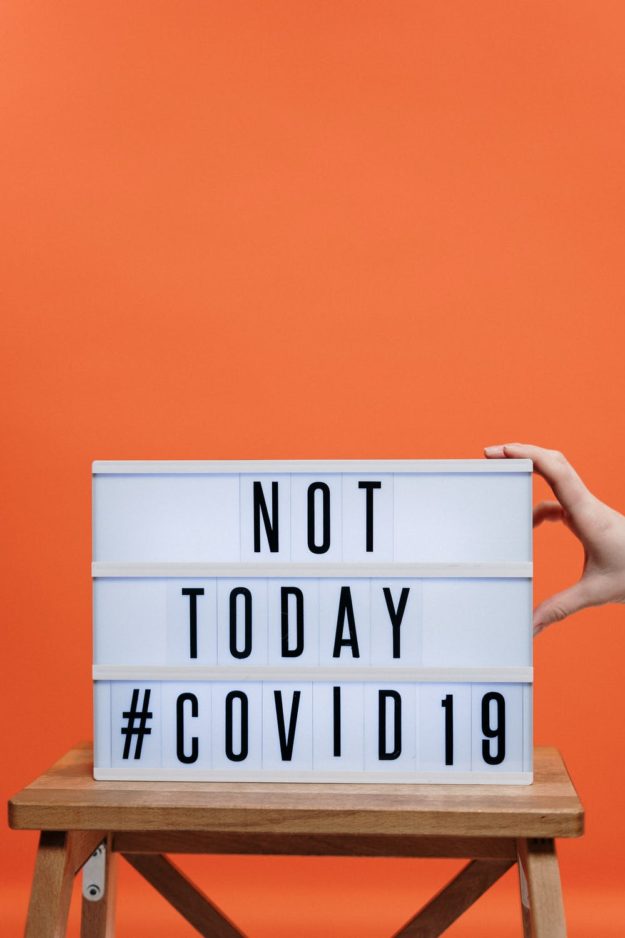
 Last week I shared a number of real-life examples from innovative nonprofits taking creative steps to connect meaningfully to their supporters during these trying times. While staying connected, some organizations are succeeding in stepping up both their marketing and fundraising communications to the next level.
Last week I shared a number of real-life examples from innovative nonprofits taking creative steps to connect meaningfully to their supporters during these trying times. While staying connected, some organizations are succeeding in stepping up both their marketing and fundraising communications to the next level.

 If you’re like me, chances are every other email in your inbox has something referencing coronavirus. You can’t ignore it, avoid it or wish it away.
If you’re like me, chances are every other email in your inbox has something referencing coronavirus. You can’t ignore it, avoid it or wish it away.
 Connection is essential, especially during challenging times. When the going gets tough, we yearn to commune with people who will support us… teach us… commiserate with us… empathize with us… calm us… distract us… … entertain us… enable us to support them… and more.
Connection is essential, especially during challenging times. When the going gets tough, we yearn to commune with people who will support us… teach us… commiserate with us… empathize with us… calm us… distract us… … entertain us… enable us to support them… and more.
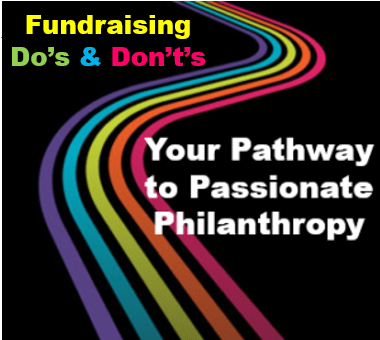

 I’m excited to share three easy tips with you, and the results are measurable. Do these things and you’ll be able to tell if they impact your bottom line!
I’m excited to share three easy tips with you, and the results are measurable. Do these things and you’ll be able to tell if they impact your bottom line!
 I find a widespread misunderstanding about the notion of what constitutes being donor-centered. It derives from two misconceptions:
I find a widespread misunderstanding about the notion of what constitutes being donor-centered. It derives from two misconceptions:
 There’s a lot about fundraising folks take for granted. And not in a good way. Because… much of it is untrue!
There’s a lot about fundraising folks take for granted. And not in a good way. Because… much of it is untrue!
 Who doesn’t love a holiday?
Who doesn’t love a holiday?




 Fighting the good fight for your nonprofit’s cause is what you do best.
Fighting the good fight for your nonprofit’s cause is what you do best.

 I’ve created for you a little “Declaration of Fundraising Independence” to help you become a fruitful philanthropy facilitator from this day forward.
I’ve created for you a little “Declaration of Fundraising Independence” to help you become a fruitful philanthropy facilitator from this day forward.
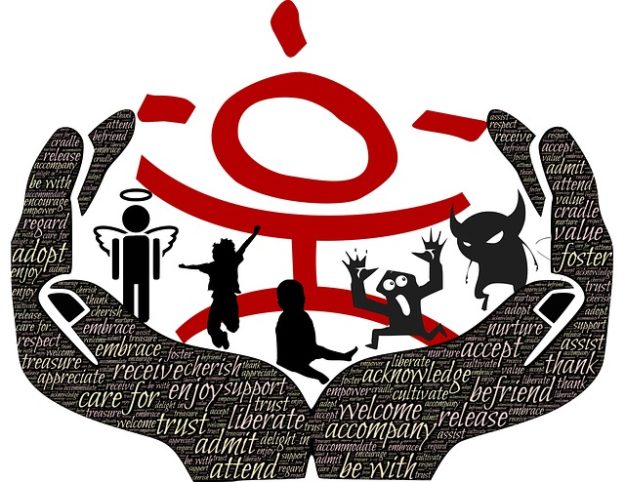
 When people give to you for the first time, often they know very little about you. Perhaps they found you through a link on social media. Or organic search. Or through a friend who emailed them a link to your appeal.
When people give to you for the first time, often they know very little about you. Perhaps they found you through a link on social media. Or organic search. Or through a friend who emailed them a link to your appeal.
 Wondering where fundraising is heading in our highly networked, overly saturated, noisy-as-all-get-out post-digital revolution world?
Wondering where fundraising is heading in our highly networked, overly saturated, noisy-as-all-get-out post-digital revolution world?
 You love your current donors, right?
You love your current donors, right?


 Not every problem needs to be addressed immediately. Some will work themselves out.
Not every problem needs to be addressed immediately. Some will work themselves out.








 Can the act of philanthropy make people feel better?
Can the act of philanthropy make people feel better?




